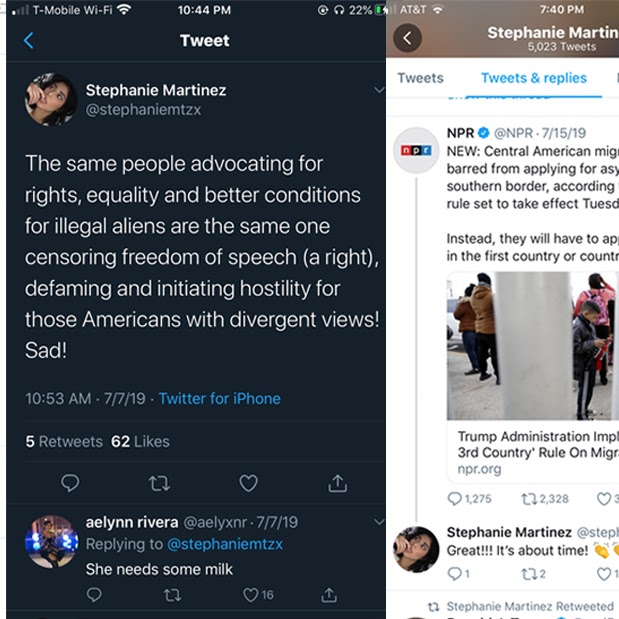by Nick Canchola
Shoes are one of my biggest passions, and without the Black and Brown folks who shaped sneaker culture, the industry would be nothing. In the 1970s, it was predominantly youth of color who started wearing sneakers for not only utilitarian purposes but as a means of personal expression. Sneaker historian Bobbito Garcia explains that the “basketball and hip-hop community changed the perception of sneakers from sports equipment to tools for cultural expression.” Shoes became something that connected people to the best athletes and inspired by their favorite rappers. The song “My Adidas” (1986) by Run-DMC and the rise of Michael Jordan’s career are regarded as two important catalysts to an industry that is projected to reach $88 Billion by 2024. Yet there are unquestionably many other Black artists and athletes who have influenced the culture of sneakers.
With this history in mind, Miguel Kamei and I researched the demographics of the top leadership within the sneaker industry. This data represents the highest-ranking leader within each company. The job titles included chief executive officer, president and CEO of the North American division.
Full disclosure, this wasn’t an easy task. What we assumed would be a simple Google search evolved into a far more detailed search: from reading obscure sneaker news articles s about changes in leadership to falling down the rabbit hole of parent company relationships. There were even more dead ends with outdated Linkedin profiles and company websites that conveniently lacked a “Meet Our Executive Team” tab. Each company has different leadership structures and combined with the complexity of parent/holding company relationships, the data wasn’t exactly consistent. Regardless, our conclusion was that for an industry built upon Black people’s art, creativity and self-expression, the contemporary leadership of the sneaker world is overwhelmingly white.
 |
| GRAPHIC: NICK CANCHOLA |
Out of the 43 companies we researched, only three were Black-led: Converse, Jordan, Yeezy and Tapestry (the parent company of Kate Spade and Coach). Does this mean we should only wear Kate Spade sandals from now on? Not exactly. This research is about understanding the power dynamics in an industry that has its deepest roots in Black culture and should be kept in mind when making future purchases.
Consider whether the brands you are buying your sneakers from give credit where credit is due. Consider whether they pay and empower Black leadership. Additionally, while top leadership is important, it is only one aspect of a company. Representation in design teams, models, and general employee demographics are equally necessary. At the end of the day, stay informed and act accordingly.





Post a Comment